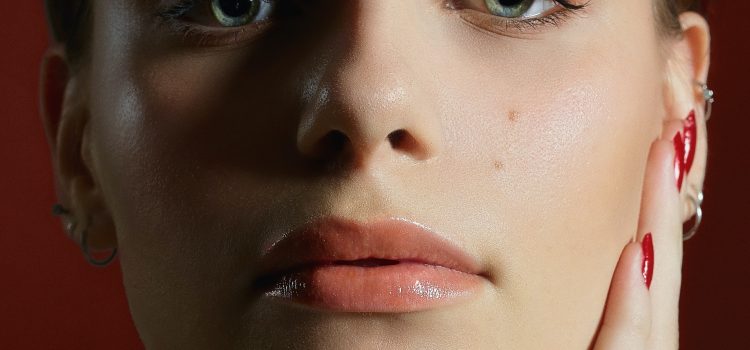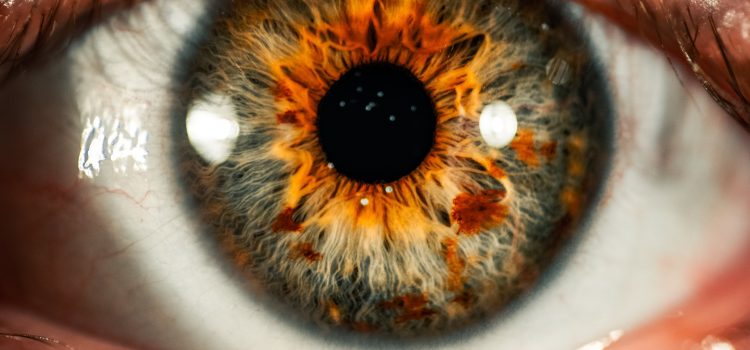
Introduction:
In a world where beauty trends come and go, one thing remains timeless and coveted by many: luscious, healthy hair. However, daily exposure to environmental factors, heat styling, chemical treatments, and improper care can leave our locks dry and damaged. Fortunately, there’s a solution that doesn’t require a fortune or a trip to the salon. With simple ingredients found in your pantry, you can create DIY hair masks that nourish, repair, and transform your hair. Let’s explore a selection of DIY hair masks that will help you achieve those luscious locks you’ve always dreamed of.
1. Honey and Olive Oil Mask:
This classic combination is a powerhouse for moisturizing and softening dry hair. Mix two tablespoons of honey with two tablespoons of olive oil, apply it to your hair from roots to tips, and leave it on for 30 minutes before rinsing thoroughly.
2. Banana and Coconut Milk Mask:
Bananas are packed with natural oils and vitamins that can improve hair elasticity and shine. Blend a ripe banana with half a cup of coconut milk and apply the mixture to damp hair. Leave it on for 20 minutes before washing it out.
3. Yogurt and Egg Mask:
Yogurt is not only a delicious snack but also a fantastic ingredient for hair care. Combine half a cup of plain yogurt with one egg and whisk them together. Apply the mask to your hair, focusing on the ends, and let it sit for 30 minutes before rinsing.
4. Avocado and Aloe Vera Mask:
Avocado is a rich source of vitamins, minerals, and fatty acids that can deeply moisturize and nourish your hair. Mash half an avocado and mix it with two tablespoons of aloe vera gel. Apply the mixture to your hair, leave it on for 30 minutes, and rinse thoroughly.
5. Coconut Oil and Argan Oil Mask:
Both coconut oil and argan oil are known for their hydrating and repairing properties. Mix two tablespoons of coconut oil with a few drops of argan oil, warm the mixture slightly, and apply it to your hair. Leave it on for 1-2 hours before shampooing.
6. Green Tea and Lemon Juice Rinse:
Green tea is rich in antioxidants that can promote hair growth and add shine. Brew a cup of green tea, let it cool, and mix it with the juice of one lemon. Use it as a final rinse after shampooing and conditioning your hair.
7. Vinegar and Water Rinse:
Vinegar helps restore the pH balance of the scalp and remove residue from hair products. Mix equal parts of vinegar and water, pour it over your hair after shampooing, and rinse thoroughly.
8. Papaya and Honey Mask:
Papaya contains enzymes that can help exfoliate the scalp and promote healthy hair growth. Mash a ripe papaya and mix it with two tablespoons of honey. Apply the mask to your hair, leave it on for 30 minutes, and rinse well.
9. Oatmeal and Milk Mask:
Oatmeal can soothe a dry and itchy scalp while milk adds moisture to your hair. Cook half a cup of oatmeal with a cup of milk and let it cool. Apply the mixture to your hair, leave it on for 20 minutes, and rinse thoroughly.
10. Rosemary and Olive Oil Infusion:
Rosemary has been used for centuries to promote hair growth and improve hair health. Infuse a few sprigs of rosemary in olive oil for a week. Strain the oil and apply it to your scalp, gently massaging it in. Leave it on overnight and shampoo your hair in the morning.
Conclusion:
With these
simple DIY hair masks, you can revitalize your dry and damaged strands without breaking the bank. Remember to choose masks that suit your hair type and concerns. Consistency is key, so incorporate these treatments into your hair care routine regularly to achieve luscious locks that turn heads wherever you go. Pamper your hair and enjoy the transformative power of natural ingredients.
Note: It’s important to perform a patch test before applying any homemade mask to ensure you are not allergic to any of the ingredients. If you have any underlying scalp conditions or severe hair damage, it’s advisable to consult a professional hairstylist or dermatologist for personalized advice.

















